How to Make an Easy, Effective & Natural DIY Weed Killer

Tired of buying expensive weed-killers that might be harmful to your family and pets? I've got a solution for you! This DIY weed-killer is not only effective but also safe for your kids and furry friends.
With just a few simple ingredients, you can make your own natural weed-killer recipe that works faster than commercial solutions. Here's a super simple step-by-step guide on how to do it.
Hometalk Recommends!
Tools and materials
- 32 oz white vinegar
- Dish soap
- 1/4 cup salt
- A squirt bottle
- A funnel
Steps
Step 1: Measure the vinegar
Measure out 32 oz (1 quart) of white vinegar. Using a funnel, pour the measured vinegar into a spray bottle. White vinegar is an excellent natural herbicide due to its high acidity. It can effectively kill weeds without harming the environment.
Step 2: Add dish soap
Add a small dash of dish soap to the vinegar. Dish soap acts as a surfactant, helping the solution stick to the leaves of the weeds. It also breaks down the waxy surface of the weeds, making the solution more effective.
Step 3: Add salt
Measure out 1/4 cup of salt. Salt is a desiccant, which means it can draw moisture from the weeds, ultimately causing them to dry out and die. Add the salt to the spray bottle with the vinegar and dish soap.
Step 4: Mix the solution
Shake the bottle with vinegar, dish soap, and salt. Make sure the salt is dissolved in the solution.
Step 5: Apply the weed-killer
Hold the squirt bottle a few inches away from the weeds and generously spray the solution onto the leaves and stems. Make sure you cover the weeds thoroughly. You'll start to notice results within a few hours. In many cases, the weeds will start wilting and showing signs of damage within six hours.
DIY weed-killer
Repeat the spraying in a day or two for stubborn or larger weeds. This solution is a great alternative to store-bought weed-killers and can help you maintain a weed-free garden or yard.
Remember, always exercise caution when using any kind of weed-killer, and avoid spraying it on desirable plants or grass. Let me know in the comments this DIY weed-killer recipe worked for you!
Follow @gatheratthebooths on Instagram for more DIY ideas.
Enjoyed the project?
Comments
Join the conversation
-
I saw this previously & was so excited to try something that wouldn't be harmful to humans or our dog. Unfortunately it did not work. As another reader stated, some of the tops of the weeds died, but the roots were still alive & the weeds re-appeared quickly. I heard there is a special vinegar for $30 at Lowes. Maybe it would work??
 Sandy
on Sep 08, 2023
Sandy
on Sep 08, 2023
-
I also tried it and the tops of the weeds were desiccated but not killed. It works by dehydrating the plant but the roots are still alive.
 Susan Waters
on Sep 10, 2023
Susan Waters
on Sep 10, 2023
-
-
-
The best trick I've found so far is to boil a kettle of plain water and pour over the weeds directly. It takes a few kettle fulls, but so far it's been the most effective after previously trying the vinegar and soap solution. (never added salt before however I'm sure that would boost the effectiveness) Either way, these only work if there aren't other plants nearby that would suffer from the solution for example, walkways, and mulch beds where you have no other items you want to survive.
 Melanie Wise
on Sep 08, 2023
Melanie Wise
on Sep 08, 2023
-
Whenever I make spaghetti and add salt to the boiling water, I pour that along the cracks in my sidewalk afterwards.
 Nancy Chenet
on Sep 08, 2023
Nancy Chenet
on Sep 08, 2023
-
-




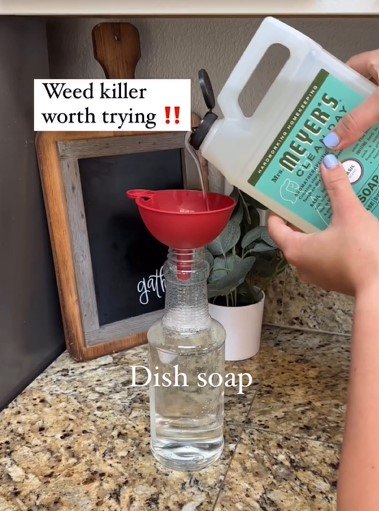




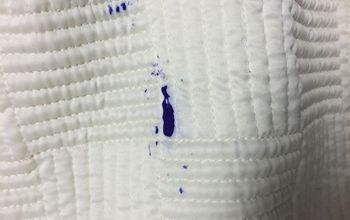
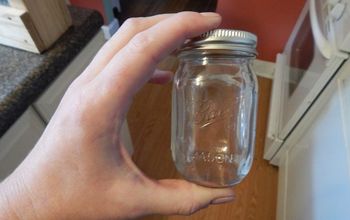




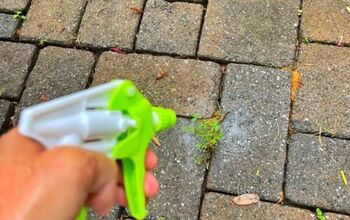

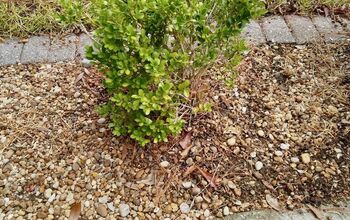
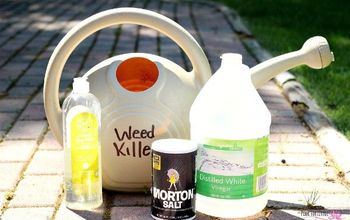
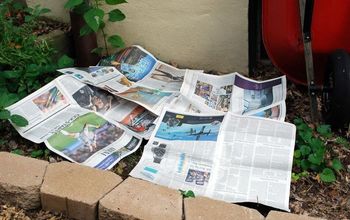
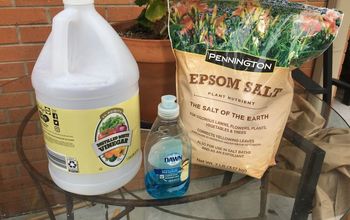
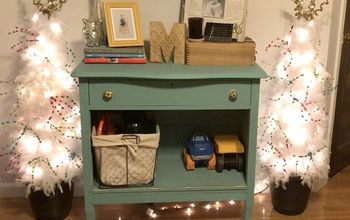


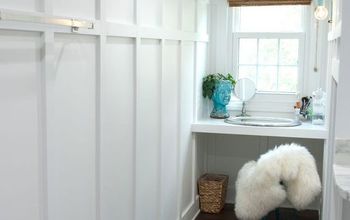







Frequently asked questions
Have a question about this project?